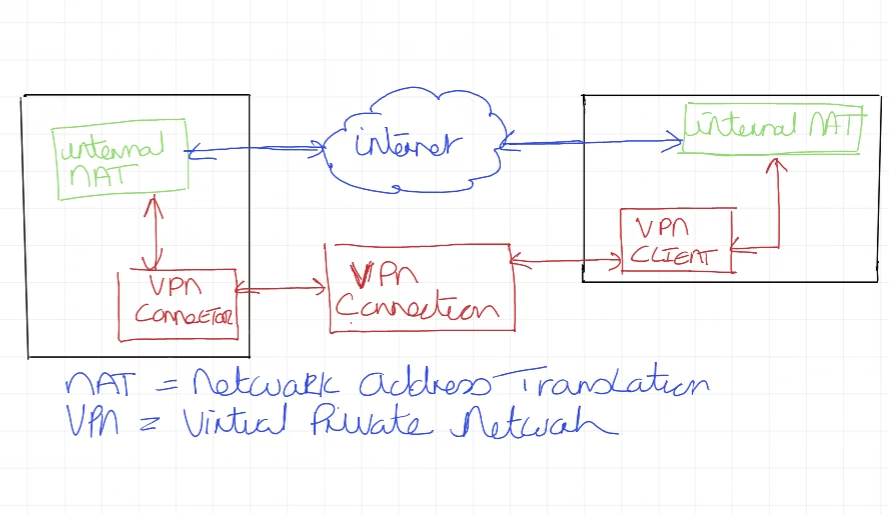MicroZed Chronicles: Remote Development.
- Adam Taylor

- May 13
- 4 min read
Updated: Jun 24
Over the years, the company has grown from just me, to several staff, contractors and partners who are based not only in the UK but also around the world. This means we need to be able to provide remote access to development machines and development and custom boards connected to them.

It is quite straight forward to do this, but I thought it would make an interesting topic for a blog.
The approach is simple, I want authorised developers to be able to access the network in the office to which the development machines are connected. We have several high (ish) end development machines in the office which are a mix of Linux and Windows machines.
Typically when developing remotely we have the required board connected directly to the development machine. However, our network architecture does allow us to connect to several boards remotely using SmartLynq pods.
So lets take a look at how we do this. The first thing we did was set up an internal network within the office, this internal network is the one to which everything connects. This internal network also connects via an access point to the internet services within the building to be able to access the external internet.
However we need to be careful about who is able to access the network from the external world, as such we have a VPN setup which provides the ability to access the internal network remotely. To do this we use one of the VPNs based around OpenVPN, this provides us secure remote access and the ability to monitor and manage who is connected to the network.
The network concept is as below

Access to the network is however only one part of the remote development. The development machines connected to this machine have several versions of Vivado and Vitis installed. Typically, we find clients stick with one version throughout development. To these machines development boards are connected either directly USB JTAG connection or using SmartLynq Data Cable connected over a network.
One of the key things when developing remotely is the ability to power cycle the board, to achieve this we have several bench power supplies which can be controlled over ethernet. With these bench power tops supplies connected to our internal network developers can access them over the VPN and enable / disable the power output and even change the voltage and current levels. This means the developer is able to easily power cycle the board if required without the need, to ask someone in the office, normally me to help them out.
The other aspect of remote development which is useful is the ability to observe what is happening on the target development board. To help with this we have some remote PTZ cameras which are connected to the internal network also which can be accessed remotely. Using these allows the developers to observe LEDS flashing or even view connected screens when doing image processing applications.

In summary our remote developers are able to, access the network externally, log in to a development machine and then turn on / off a remote development board which can be observed over a PTZ camera which is pretty cool. You can also use a UVC HDMI capture device if you want also to view the HDMI over the virtual network.
This approach allows us to access and test designs on development boards, our custom designed board or client boards remotely without the need to shipboards around across the country or world.
UK FPGA Conference
FPGA Horizons - October 7th 2025 - THE FPGA Conference, find out more here.
Workshops and Webinars:
If you enjoyed the blog why not take a look at the free webinars, workshops and training courses we have created over the years. Highlights include:
Upcoming Webinars Timing, RTL Creation, FPGA Math and Mixed Signal
Professional PYNQ Learn how to use PYNQ in your developments
Introduction to Vivado learn how to use AMD Vivado
Ultra96, MiniZed & ZU1 three day course looking at HW, SW and PetaLinux
Arty Z7-20 Class looking at HW, SW and PetaLinux
Mastering MicroBlaze learn how to create MicroBlaze solutions
HLS Hero Workshop learn how to create High Level Synthesis based solutions
Perfecting Petalinux learn how to create and work with PetaLinux OS
Boards
Get an Adiuvo development board:
Embedded System Book
Do you want to know more about designing embedded systems from scratch? Check out our book on creating embedded systems. This book will walk you through all the stages of requirements, architecture, component selection, schematics, layout, and FPGA / software design. We designed and manufactured the board at the heart of the book! The schematics and layout are available in Altium here Learn more about the board (see previous blogs on Bring up, DDR validation, USB, Sensors) and view the schematics here.




